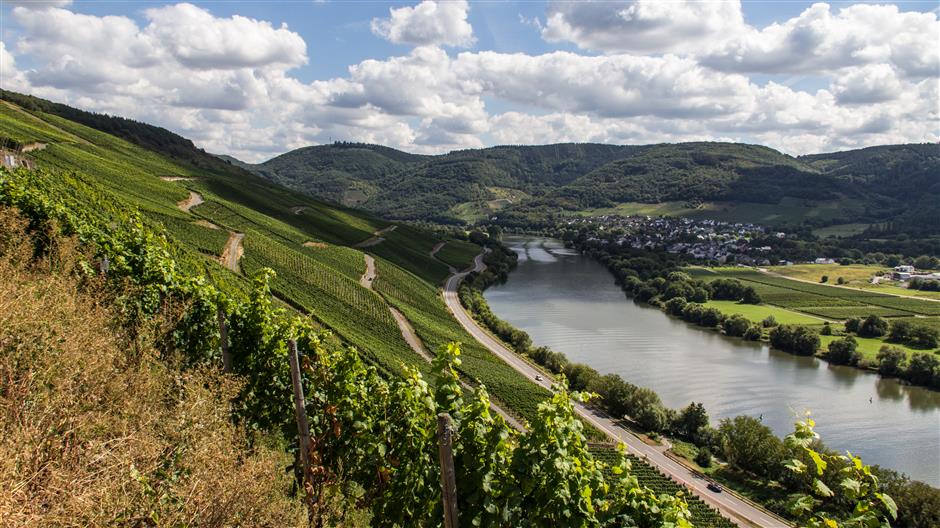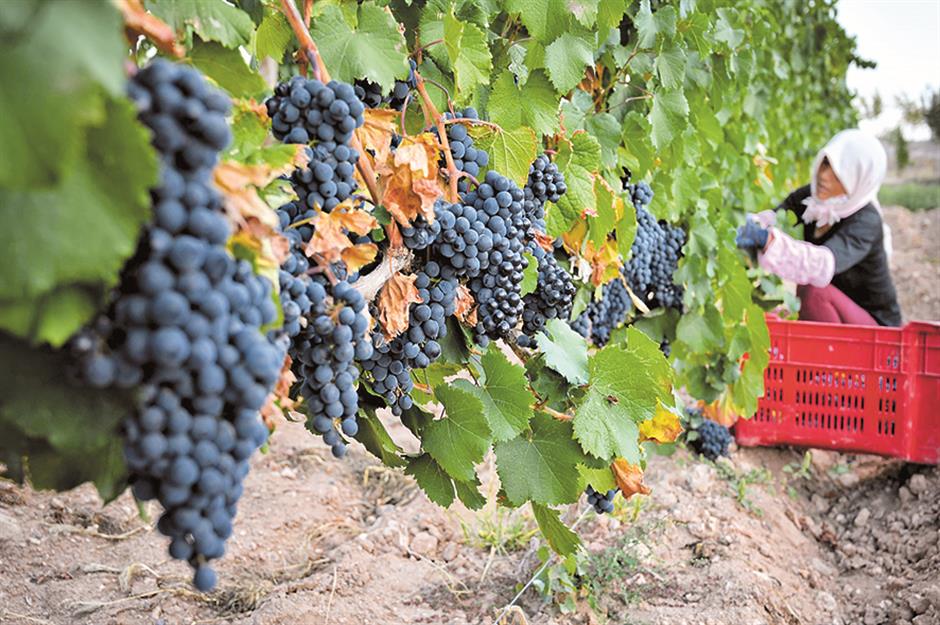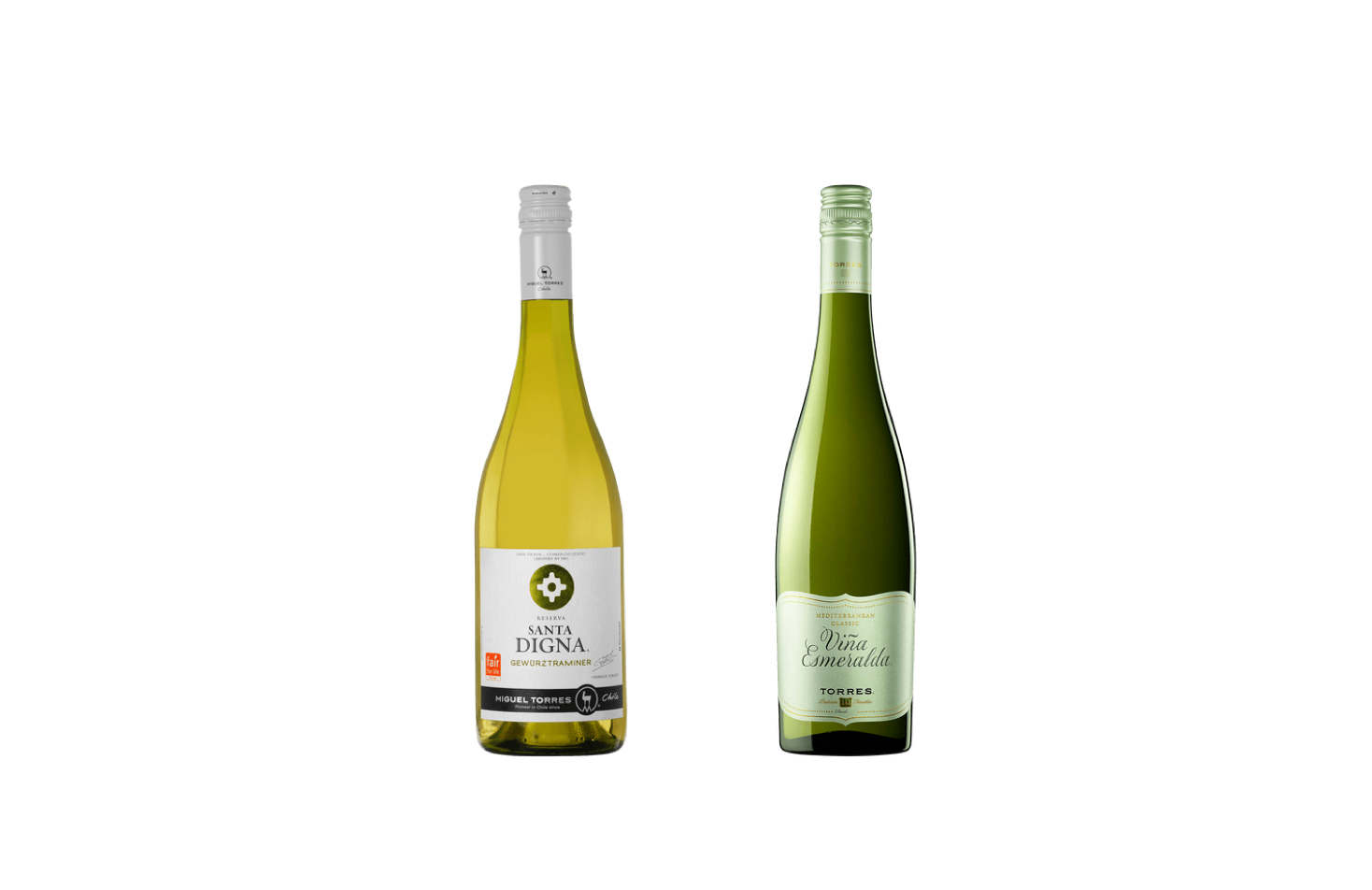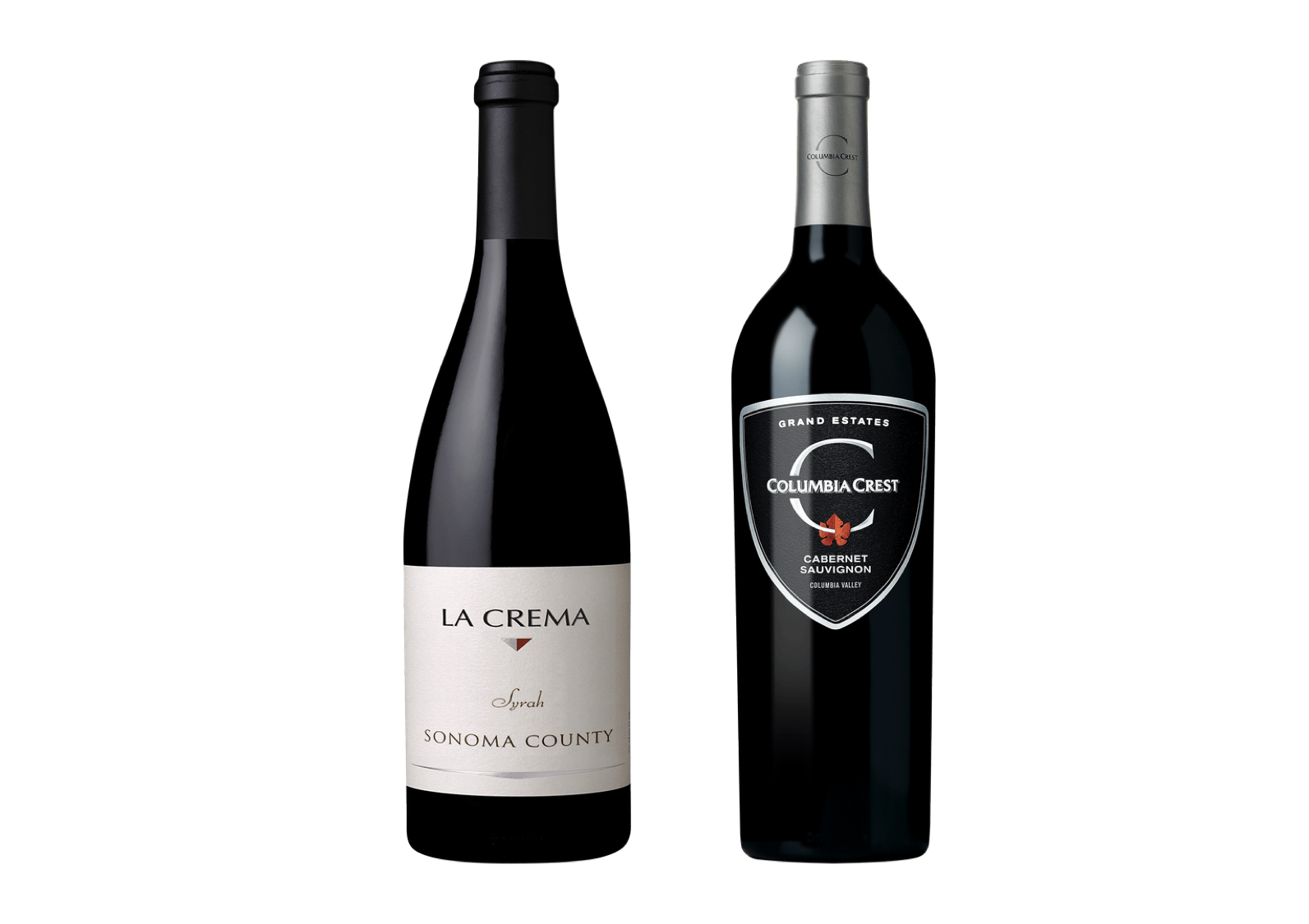Summary
Eiswein
Many in China associate ice wines with Canada. Over 20 years ago Canada overtook Germany to become the world’s largest producer of ice wines.
Yet the spiritual home of sweet wine is Germany. Legend has it that the first ice wine was made in Franconia, located in Germany in 1794, when a vineyard owner accidently left his grapes on the vine too long and they froze. His employees picked, pressed and fermented the grapes and a new style of sweet wine was discovered. The Germans call it Eiswein. As attractive a tale as this may be, ice wines were most likely made by the Romans in northern Italy, Austria and German as early as the first century AD.
Producing ice wines are difficult and yields are low. In the 19th century there were only six documented ice wine harvests. Newer technology has led to more ice wine vintages but making them is still a risky business. Because the harvest date for grapes used to make ice wines is so late, a plethora of calamities may befall the grapes before harvest. They may rot before freezing or be eaten by foraging animals. Though a few ice wines may actually have some botrytis affect, the best examples are made from healthy fruit to keep their clean qualities. There’s a short window when the grapes are frozen for the first time and when they need to be harvested and pressed before they defrost. When everything goes right, one of the world’s great sweet wines is born.
The term Beerenauslese means “berry select harvest” and refers to a sweet style of German wines that are frequently, though not always botrytis affected. Dating back to at least the early 18th century, German noble rot wines have an even older documented history than ice wines. But as with ice wines, they most likely date back to the Roman Era. These sweet, yet balanced wines have charming aromas and flavors of honey, caramel and tropical fruits with a fresh acidic backbone.
Trockenbeerenauslese
Exceedingly difficult to pronounce, Trockenbeerenauslese wines are sometimes called TBA and referred to the king of German dessert wines. In German, the name means “dried berry select harvest” and refers to the grapes that shrivel up like raisins due to noble rot. Just think Beerenauslese, but even sweeter.
The almost dry grapes result in a sweet wine of syrupy consistency that’s still fresh. The three aforementioned wine styles represent Germany’s greatest sweet wines, but what region makes the best wines? Germany boasts several different regions that all make fine wines with their own particular distinction; however, a good argument can be made that Mosel makes more top wines than any other region. The Mosel Valley is the third biggest German region with riverside vineyards that are among the steepest in the wine growing world.
Some vineyards have a 70 degree gradient that makes harvesting a herculean effort. The cool climate is conducive to long seasons that help impart intense flavors and freshness to the grapes.
As complicated as the world of German sweet wines may seem, your most reliable way to pick the right wine is to choose top producers. Despite weather extremes and vintage variations, the best German producers are consistent in making wines. Some of the best sweet wine German producers in Shanghai are, Schloss Vollrads, Dr Loosen, Joh. Jos. Prum, Erdener, Wehlever and Herman Donnhoff.
Aging and serving
Because most great German sweet wines are made from the noble Riesling variety and their very high residual sugar content, Esiwein, Beerenauslese and Trockenbeerenauslese wines can be cellared for many years after bottling. Whether they improve with aging is a new controversy. Traditionalists say yes, claiming the wines acquire additional complexity and distinction with age. However, there’s a new school of German winemakers and international connoisseurs who believe the wines express their purist fruit characteristics while still young. They claim older wines lose their lively fruit, distinctive acidity and vibrancy with excessive aging.





